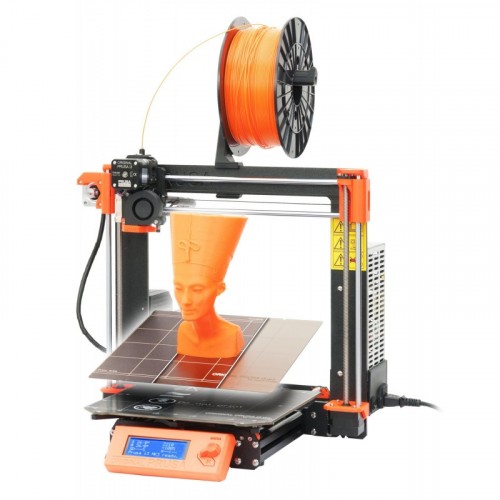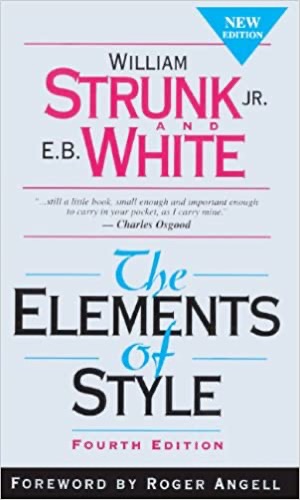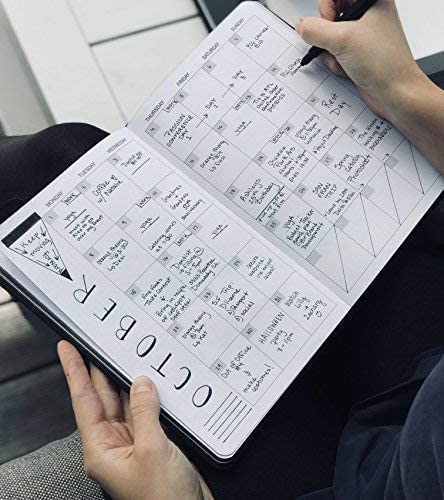Nosa Edoimioya, PhD student

Cool Tools Show 241: Nosa Edoimioya
Our guest this week is Nosa Edoimioya. Nosa is a PhD student at the University of Michigan working on controls of 3D printers. You can find him on Facebook, Twitter and Medium.
Subscribe to the Cool Tools Show on iTunes | RSS | Transcript | See all the Cool Tools Show posts on a single page
Show notes:

3D Printers
I work with a variety of different 3D printers, and currently I’m working on trying to control some of the more non-traditional 3D printers. The traditional 3D printers that you see are the Cartesian 3D printers, where you have one motor that moves the X axis motion and you have another motor that moves the Y axis motion. I’m working with 3D printers that have coupled dynamics. They’re called parallel axis 3D printers. One is the Delta 3D printer, which kind of looks like a robot, in a sense, and has three arms that move up and down on linear rails which are connected then to an end effector or the nozzle, and that then controls the motion. So that means your print times are shorter and you can complete your prints in a quicker time. That’s something that we think that a lot of users want and that the industry kind of wants, and we’re trying to see how we can improve these printers through our controls, and improve the quality. It’s really hard to say which 3D printers are better than other 3D printers. I think it really just comes down to personal preference. I really like the Prusa i3. For the more beginner model, I usually suggest the Creality 3. I think they’re around $150, or maybe $200. It is a Chinese company, so you probably don’t have the same access to the creators as you do with Josef Průša. But those are typically a nice entry level printer.

Notion
I would compare this to Evernote. They have these really sleek templates that you can use to organize your notes in a way that kind of suits what the notes are about. For example, I have a list of sort of books and articles and things that I read that I take notes on, and I just keep them on this running spreadsheet-like template that allows me to basically insert a new book and keep track of where I am in the book. You can have sort of different statuses in the book. Like are you reading it? Have you finished it? Have you given it to someone? All these different things. Then you can have different columns for rating the book. So you can keep track of these different metrics that allow you to kind of see all that you’ve read and go back easily and refresh yourself on what you’ve read. I just really like how easy it is to use. They also recently embedded equations into the tool. So you can basically write commands on the tech. For instance, if you use that to type papers or whatever notes you type, you can embed equations directly into Notion. This is useful for people who are doing research, like me, and are doing some sort of mathematics to be able to include notes from papers that you’re reading. For example, if you want to include the equations in those papers to refresh yourself so you don’t always have to go back to the paper. It reminds me of a combination of a Wiki, Evernote, HyperCard, and what web design should have been in the first place for everyday people. You can put together a beautiful website in a WYSIWYG interface. This is what the web should have been like when it started from the get go, if you ask me.

“The Elements of Style” by William Strunk Jr. and E.B. White
The Elements of Style by William Strunk, Jr. and E.B. White is basically a writing handbook. So William Strunk, Jr. was a professor, I think, at Columbia, or a University in New York. I don’t remember exactly where it was. But he essentially had this handbook that he gave to all his students, and one of his students E.B. White decided when he passed away to revise this handbook and publish it. As a PhD student, I tend to write quite a bit, and I think one of the things that has just been embedded in my writing is sort of the idea of scarcity with words and not overusing words. I think when we begin writing, we tend to use a lot more words than we need to use to describe things. So this emphasis on very simple writing and very clear and concise writing is particularly important for academia, but also important, I think, in general, in whatever you’re writing.

Bullet Journaling
I came across this idea a few years ago and I’ve sort of been using it ever since. It’s this idea of bullet journals. There is a whole community of bullet journalists and there are videos and there are tutorials out there about how to do this, but I don’t quite use it in sort of any prescribed manner. I just use it basically as a tool to organize my day everyday. My particular bullet journal looks like every sort of page that you go to has the day of the week, so Monday, Tuesday, Wednesday, Thursday, Friday, Saturday, Sunday. Then there’s also some space to write in the date of the week. So these days are divided into rows, and so in each row you can basically write what you need to write for that day. So the way I use it is to write down basically the tasks that I need to complete each day. I put them in two columns. I have a must-do column for my tasks for the day and a might-do column for those tasks. So basically I usually keep one or two things in the must-do column, and then all the other things that I might do on that day I try to put on the might-do column. I think that there’s something I think cathartic about writing things down on paper. I don’t mean to sound old school, but there’s something really reinforcing about writing things down.
About “How To Do Grad School”:
I started the podcast a few weeks ago, actually, in kind of response to a feeling that I had coming out of undergrad, and that a lot of my friends had also, of just not really knowing what grad school was like and not really knowing what academia was like. I think a lot of us during undergrad thought that our professors just taught classes and then went home. Whereas that’s just a tiny sliver of what our professors actually do. They are basically running the school or running the department, and that’s part of their job as well as research and other things. I think the idea for the podcast was just, one, to expose people to what grad school was like, and secondly, there are a lot of sort of best practices that successful grad students tend to implement. Things like having a regular reading habit. Also, writing regularly. Things like that. Creating groups and forming groups with other PhD students to share your research with them, to practice communicating your research.These are some things that people will share on the podcast.
We have hired professional editors to help create our weekly podcasts and video reviews. So far, Cool Tools listeners have pledged $390 a month. Please consider supporting us on Patreon. We have great rewards for people who contribute! If you would like to make a one-time donation, you can do so using this link: https://paypal.me/cooltools.– MF
08/28/20








